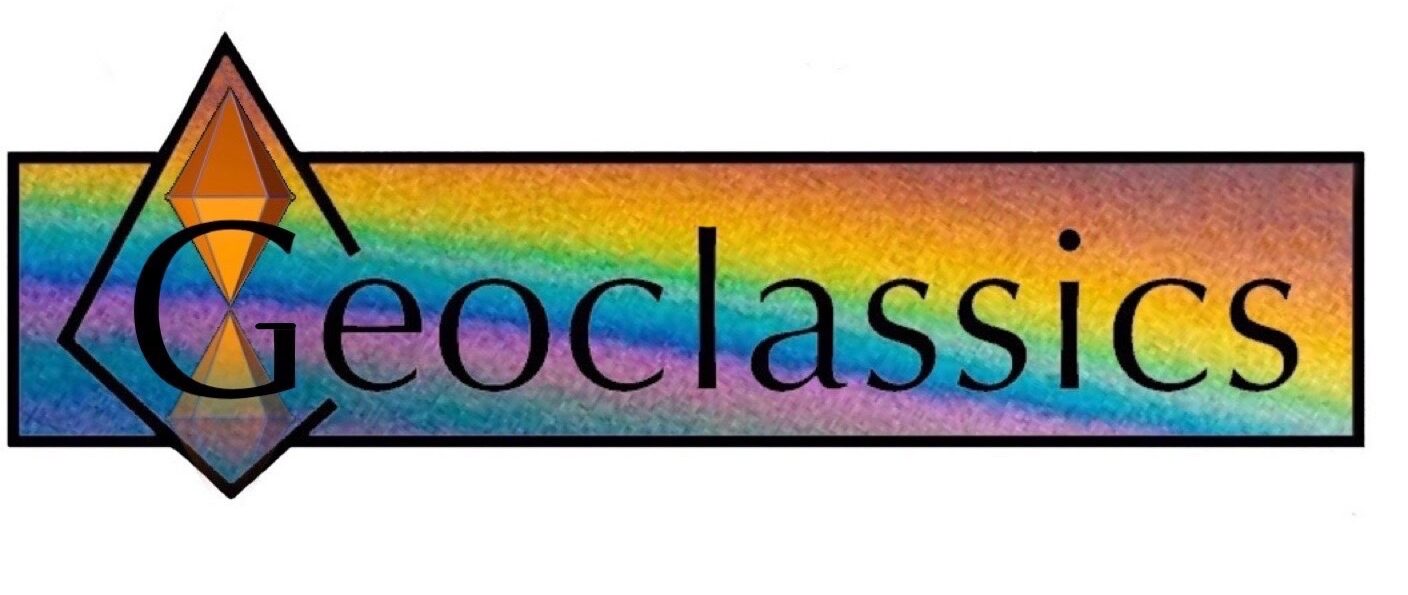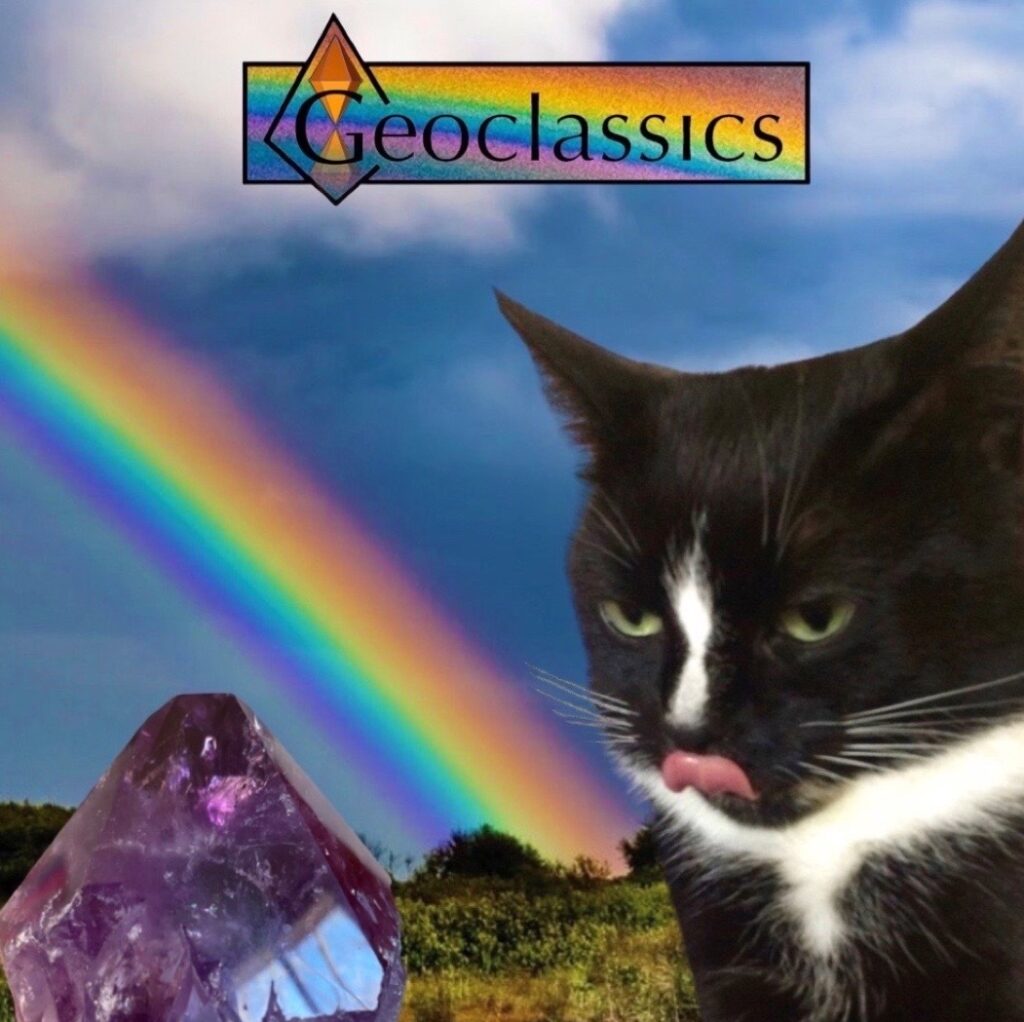Septarian Geode
Unlike most geodes, which are volcanic in nature, septarians are sedimentary concretions or nodules that formed in an ancient sea floor some 50-70 million years ago. Their golden, star-like centers are the result of a crystallization of the mineral calcite, which is framed by brown aragonite and a host rock of gray limestone. Some centers filled in completely with calcite, while others left hollows showing the tooth-like calcite crystals and, in rare cases, perfect crystals of barite. In other rare cases, the fossils that originally started the formation of the concretion are still preserved in the Septarian. The finest Septarians are found in southern Utah, about 15 miles east of Zion National Park, but they are also found in England, New Zealand, Madagascar, and Morocco

